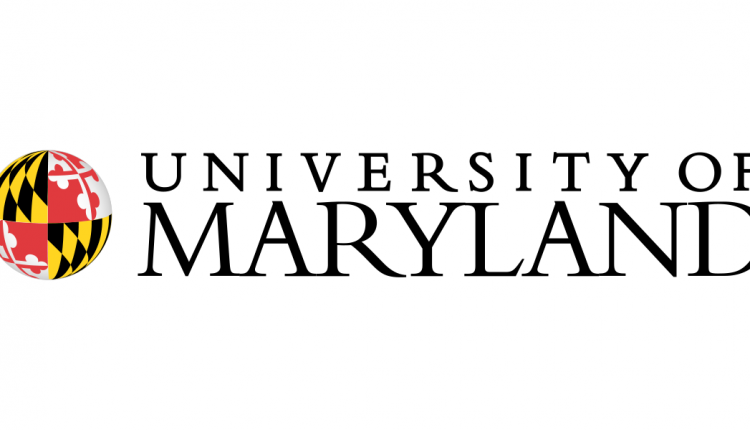University of Maryland Art Gallery Aims To Get Permanent Collection to a Wider Public
Staff and visitors to the office of U.S. Rep. Joyce Beatty meet with more than the former Congressional Black Caucus chair and her staff—they come face to face with African American art that invites them to think, feel and open their minds.
The University of Maryland Art Gallery recently loaned the Ohio Democrat seven works from its permanent collection, including wooden masks, two prints and a photograph, as part of a larger effort by the gallery to expand its reach into the community, said gallery Director Taras Matla.
“Our goal is to allow artworks to be reexamined and appreciated under new contexts and conditions—not just in the traditional museum environment but really anywhere,” he said. “We want to get people excited about looking at art.”
The UMD Art Gallery’s permanent collection comprises some 5,000 prints, drawings, paintings, sculptures and photographs, all used for teaching and study. Since 2015, Matla has overseen a steady increase in both acquisitions and donations, effectively doubling the collection. (The gallery is currently showing “Here and Now,” an exhibition of recent acquisitions.)
The gallery began its lending at Lost Sock Roasters, a coffee shop in Washington, D.C., in 2021. Matla established their relationship in 2018 when he invited the roastery to supply coffee for a monthly “coffee and conversation” pop-up event at the UMD Art Gallery. Years later, the owners approached him with an offer to curate a wall space in their first brick-and-mortar space, and rotate works out two or three times a year. The arrangement has been ongoing since.
“We like art but we’re not experts, so this has allowed us to really elevate that side of the experience,” said Lost Sock co-owner Nicolas Cabrera. “It’s really brought the space together.”
The opportunity to curate art for a congressional office arose late last year after Matla connected with Beatty’s chief-of-staff, Todd Valentine, a fellow art lover and parent at his daughter’s school; Valentine said the congresswoman would be moving offices soon and he was interested in acquiring art to “dress up the space” to prime it for higher traffic and visibility. Matla came up with a checklist of works that he felt aligned with the congresswoman’s vision and worked with Valentine to refine and approve it.
The final selection of works—a print by the late famed artist and Distinguished University Professor David Driskell; a lithograph by American painter, illustrator, muralist and teacher Joseph Hirsch; four African masks; and a photograph by military veteran and security officer Christopher Bartel—represent a diverse mix of mediums, materials, artistic entry points and insights, with an eye toward Beatty’s work as part of the Congressional Black Caucus, Matla said. All were set up by the time the 118th Congress was sworn in on Jan. 3.
“It made an immediate impact on the overall aesthetic of the office,” Valentine said. “It adds to the texture of our space; not only do you get a sense of the personality of the office through the works, but you also get to read a story of where they came from. And I think that is really cool to share with folks.”
Building partnerships that foster creative and scholarly excellence between the campus and community is a touchstone of the university’s Arts for All initiative. Matla hopes to sign on an additional location in Prince George’s County to exhibit UMD art in the coming months. Lost Sock will also feature an updated wall to coincide with Women’s History Month in March.
“We’re achieving our goal, which is to break away from the preconception that museums are the only places where you go to look at art,” Matla said. “This is UMD making its mark with its permanent collection.”

